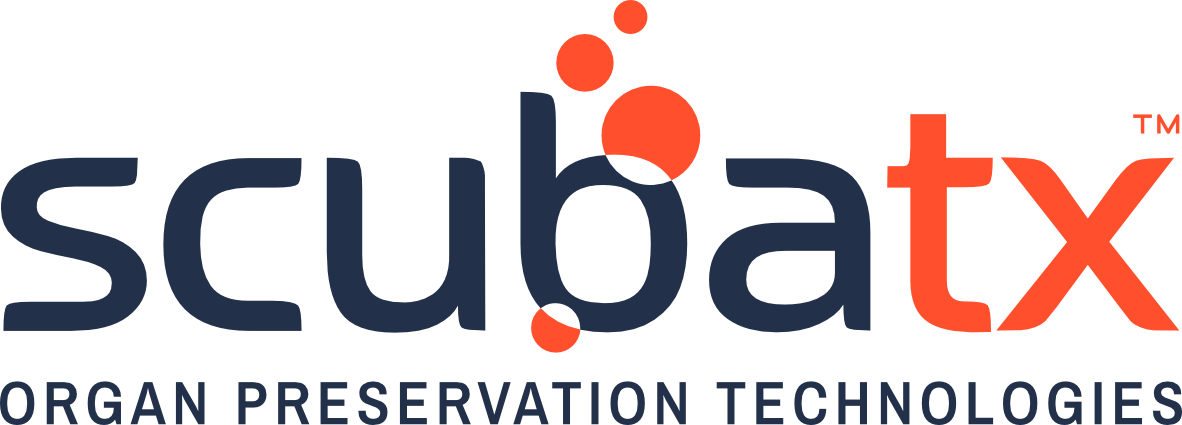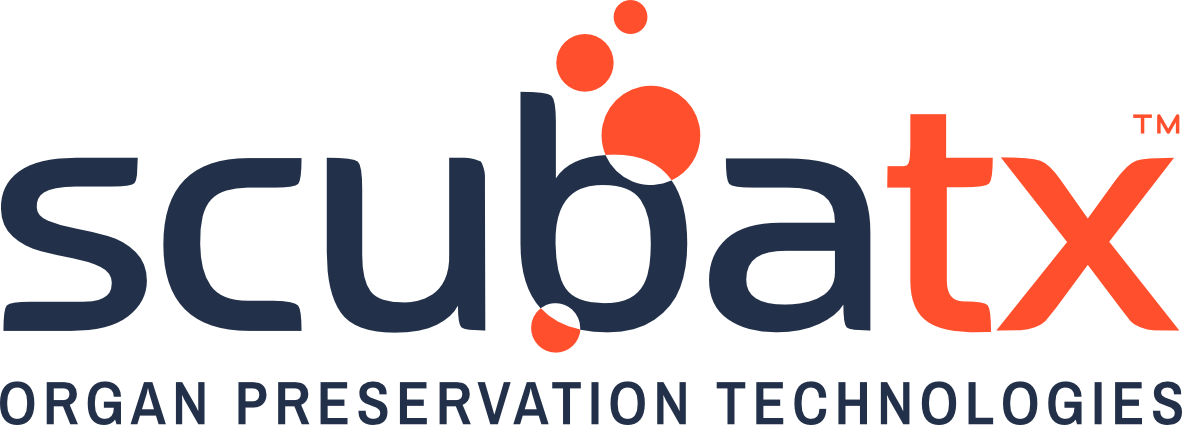Organ Preservation Is Ripe for Investment — Here’s Why
Every year, thousands of viable donor organs go unused — not for lack of demand, but because we simply can’t keep them alive long enough. Organ preservation is one of the last untapped frontiers in transplantation, and now, a new wave of medtech startups is stepping up with technologies that aim to solve this challenge.
But this isn’t just a humanitarian mission — it’s a compelling, smart opportunity for investors. 💡
Historically, medical device investment has been seen as risky and capital-intensive. However, organ preservation startups are uniquely positioned to buck that trend, thanks to favorable regulatory pathways, strong clinical demand, and increasingly clear reimbursement models.
Here’s why organ preservation technology deserves serious attention from forward-thinking medtech investors:
⚖️ Faster FDA Approvals with 510(k) Pathways
One of the biggest misconceptions about medical devices is that they require years of regulatory uncertainty. In the case of organ preservation, many devices qualify for the FDA’s 510(k) clearance pathway, which allows companies to fast-track approval by showing their device is substantially equivalent to a predicate.
🧪 This is particularly true for technologies like:
Portable perfusion systems
Temperature-controlled transport containers
Monitoring platforms integrated into organ logistics
By pursuing 510(k) clearance with a well-defined regulatory strategy, companies in this space can achieve market access in a fraction of the time and cost of traditional PMA devices — translating to faster returns and lower investment risk. 📉📈
💸 Strong Non-Dilutive Funding Reduces Early-Stage Risk
Unlike many sectors where founders rely solely on VC funding, organ preservation startups often secure non-dilutive capital from a variety of public and private sources. This extends runway, validates scientific progress, and reduces dilution at critical early milestones.
Key sources include:
🇺🇸 NIH, DoD, BARDA, DARPA
🇬🇧 Innovate UK — supporting high-potential health tech aligned with national transplant strategy
💖 Charitable foundations — such as Kidney Research UK, the British Heart Foundation, and the American Society of Transplantation
These grants provide not only capital-efficient funding but also strong scientific and institutional credibility. In many cases, companies raise $2M–$5M in grant funding before needing institutional capital — helping to de-risk key milestones before venture involvement. ✅
🏥 Reimbursement Is Achievable — and Getting Easier
Reimbursement is often seen as a challenge in medtech, but in organ preservation, the outlook is strong. These devices are tied to procedures already reimbursed at high levels, such as solid organ transplants.
💡 Startups are increasingly demonstrating how their tech:
Reduces delayed graft function
Shortens ICU stays
Increases organ utilization
Aligns with value-based care initiatives
By proving both clinical impact and cost savings, companies can build clear reimbursement paths — whether through DRG bundling or dedicated CPT codes. For investors, that means more predictable revenue post-approval. 💰
🌍 Real Market Demand and Global Scale
Organ transplantation isn’t just a U.S. issue — it’s a global health priority. 🌐 With over 130,000 transplants annually, and up to 25% of donor organs going unused, the unmet need is significant.
🌎 Transplant programs in Europe, the Middle East, and Asia are:
Expanding rapidly
Seeking innovation in preservation and logistics
Often faster to adopt new tools compared to the U.S.
Clinicians and OPOs are actively looking for solutions that:
Extend cold ischemia time
Enable longer-distance transport
Improve multi-organ coordination
Support donation after circulatory death (DCD)
This is a market that doesn’t need to be invented — it’s already here, and it’s underserved. 📦🫁
🤝 Attractive Exit Pathways via Strategic Acquisition
As large medtech companies shift toward acquiring innovation, early-stage M&A activity is rising. Giants like Medtronic, Johnson & Johnson, and Philips are expanding into adjacent areas such as:
Surgical tools
ICU monitoring
Transport and workflow systems
Startups that reach FDA clearance, early clinical adoption, and transplant center traction become prime acquisition targets — especially those with integrated platforms (hardware + software + data). 📊🔌
You don’t need blockbuster sales to generate interest — clinical validation and system compatibility go a long way in driving strategic value. 💼
🚀 The Takeaway for Investors
Organ preservation isn’t just solving a logistics issue — it’s unlocking the future of transplantation.
Why investors should take note:
⚡️ Faster FDA pathways (510(k), modular)
🧬 Millions in non-dilutive funding from top-tier sources
📈 Strong clinical demand and expanding transplant markets
💵 Realistic reimbursement and revenue pathways
🤝 Clear strategic exit opportunities
If you're looking for a medtech sector that combines capital efficiency, global scale, and meaningful clinical impact — this is it.
🔎 What to look for in organ preservation startups:
A strong regulatory plan (510(k) or modular strategy)
Collaboration with OPOs or leading transplant centers
Early clinical or logistical outcomes
Understanding of transplant economics and care pathways
Organ preservation is no longer theoretical. It’s investable — and it’s happening now. 📅

